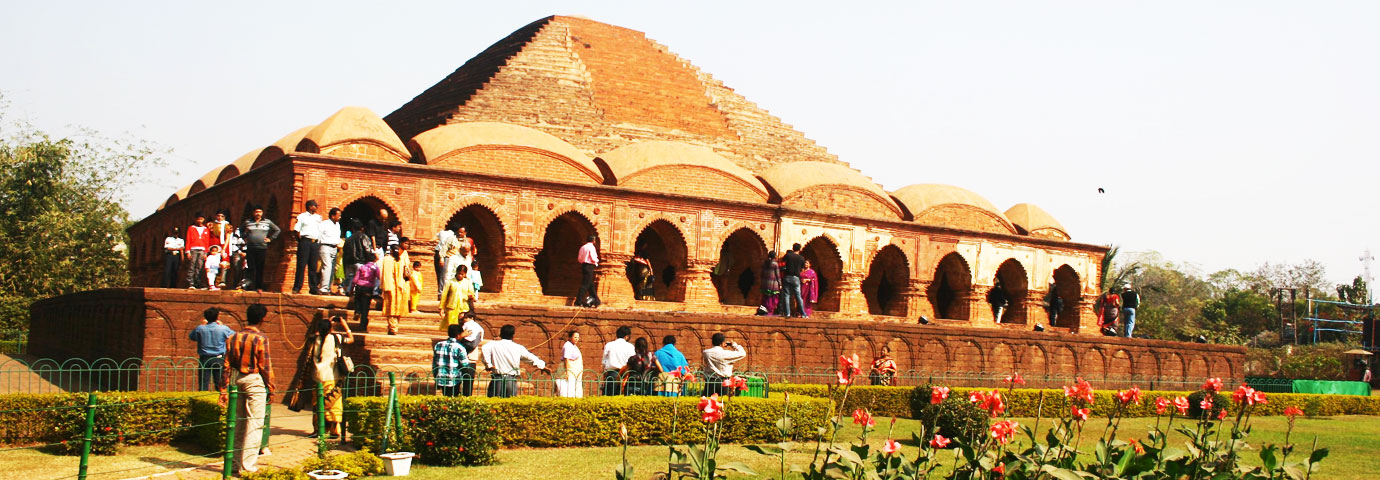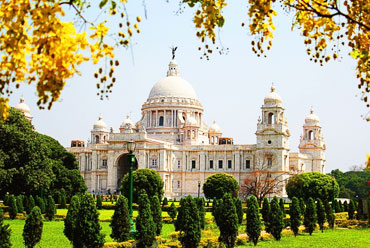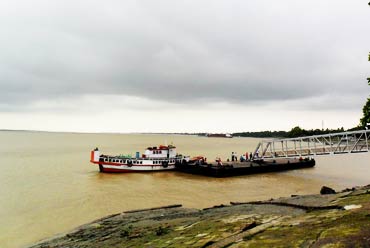Bishnupur has a glorious past that is reflected in its rich architecture, music and handicrafts such as pottery and weaving. It prospered in the 17th and early 18th centuries. Ruled by an uninterrupted line of Hindu Rajas of the Malla dynasty, Bishnupur developed a unique form of architecture and has perhaps the most brilliant and detailed terracotta work in Eastern India that has withstood the ravages of time.
Location
Located in the Bankura district of West Bengal, it takes about five hours to drive down from Calcutta. The landscape is gently undulating and dotted with sal (Shorea robusta; a tall timber tree) and mahua (Bassia latifolia; a common shade tree), the fine red soil lending it own beauty to the place.
History
The history of Bishnupur can be traced back to AD 694. The period before this is shrouded in mystery. King Raghunath I founded the Malla dynasty in AD 694. However, it was much later in AD 994 that the place was named Bishnupur. The name is derived from 'Vishnu', the majority of people belonging to the 'Vaishnava' sect.
The most powerful king of the dynasty was King Raghunath Singh Dev II. His reign started in AD 1626, at the same time as the Mughal Emperor Shahjahan occupied the throne in Delhi. Administration of Bengal was in the hands of Shahjahan's son Suja. He developed a deep friendship with the king of Bishnupur and there followed a period of peace when art and music, already flourishing reached its height. It was during this period that the Jorebangla Temple was erected.







